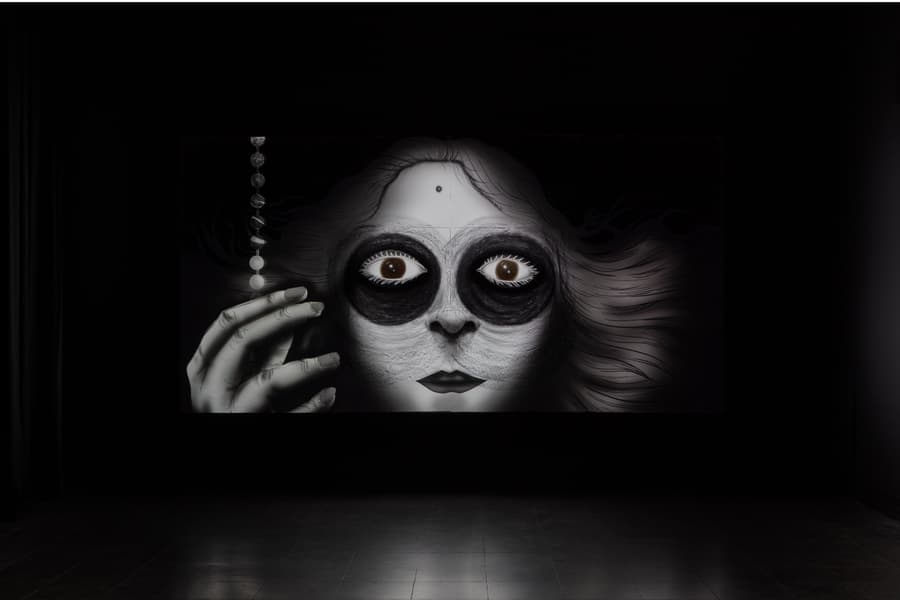Halvard Trætteberg
Arms, flags, seals, symbols.
Catalog text
An introduction
The demands for a developed Norwegian public heraldry have come forward more strongly after the union reading in the 190s. Public heraldry in Norway in the period 1921-1975 has been guided by the classical principles of heraldry, common to Norway and other European countries in the period approx. 115o-1350.
Instead of the previous more or less naturalistic types of sect, the coat of arms is shaped with fewer details and simpler surfaces, and in accordance with early Norwegian heraldry.
The municipalities' coats of arms are shaped according to the requirements of only one, uncomposed motif and of only one pair of colors (e.g. gold and red). There have been many new municipal weapons. The groups county coat of arms and manor coat of arms are completely new. As far as possible, an attempt has been made to choose motifs that are historically or otherwise characteristic of the municipality. As an example, Haugesund's city coat of arms can be mentioned. Three makers stand here for herring fishing and shipping. This motif was chosen instead of a herring and an anchor in a cross because heraldry requires simplicity and an uncomposed motif. Another example is the Rogaland county coat of arms. This is a cross of a special shape taken directly from a cross of this shape which forms the upper part of Erling Skjalgsson's memorial stone which was erected in 1028-29. Decisive for the change in style is that from 1929 onwards, when arms are confirmed, all groups of municipalities have also adopted a flag or the right to a flag so that the content of the flag must remain identical to that of the coat of arms.
The clergy have taken the seal that covers the Norwegian tradition from the time 1150 until the Reformation (1537). The coat of arms of the Norwegian archbishopric from approx. 1510, a cross between two Olavsekser, was implemented as an image in the clergy's seal and as part of the bishop's seal, as the seals simultaneously followed the pointed oval medieval shape. For bishops and episcopal councils, images of the local saint have been used (e.g. Oslo: Hallvard, Bjørgvin: Sunniva, etc.) and reproductions of the images of the cathedrals that appeared in the oldest seals (Stavanger, Bergen, Oslo) .
Hallvard Tratteberg


